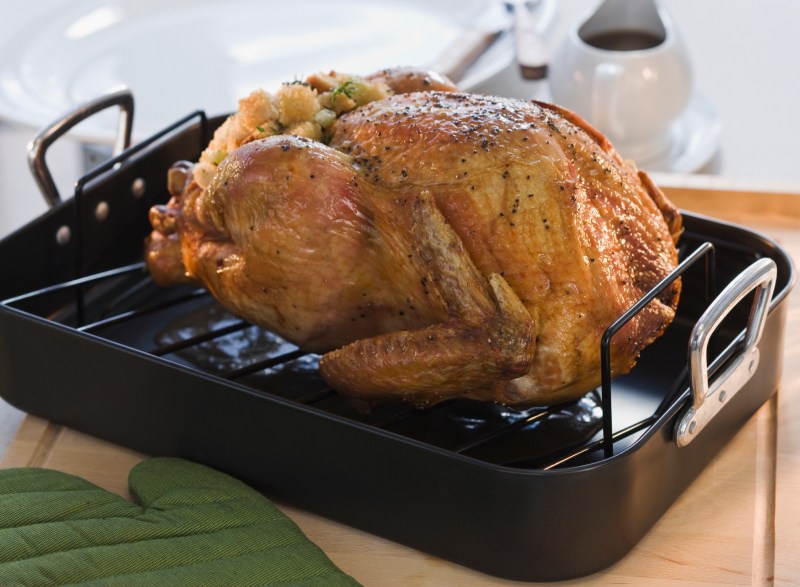How to Use a Roasting Pan with Rack: A Shocking Unmissable Guide
Written By James Morgan
For barbecue enthusiasts, understanding how to use a roasting pan with rack can be a game-changer. Whether you're preparing a succulent turkey for Thanksgiving or grilling a rack of ribs, a roasting pan with a rack elevates your cooking, ensuring an even heat distribution and perfectly roasted food.
**Barbecue enthusiasts** often seek out the best tools to enhance their culinary experiences. Among these, the roasting pan with rack stands out for its **tremendous impact** on the quality of roasts. **Heres how to use it effectively** to get the most out of your barbecue grill or oven.

The Basics: What is a Roasting Pan with Rack?
A roasting pan is a large, durable pan used for roasting meats, vegetables, and other foods. It typically features a rack, which elevates the food, allowing heat circulation and fat drainage. This setup prevents the meat from sitting in its juices and promotes even cooking.
Choosing the Right Roasting Pan
When it comes to **selecting a roasting pan**, it's essential to consider factors like size, material, and design. Stainless steel and aluminum are popular options due to their excellent heat conduction and durability. Right size of the pan is crucial for ensuring the best cooking results.

Preparing Your Roasting Pan and Rack
Before starting, make sure your roasting pan and rack are clean and dry. Lightly grease the rack with oil to prevent sticking. This step is particularly important when dealing with sticky marinades or sauces.
Setting up the Rack
Position the rack inside the pan. The rack should sit securely and stably in the pan, allowing for adequate air circulation. For **larger cuts of meat**, ensure there's sufficient clearance between the meat and the walls of the pan.

Seasoning and Placing Your Meat
Season your meat as desired. For an added flavor boost, you may use a dry rub or marinade. Once seasoned, place the meat on the rack. This setup allows heat to circulate freely, ensuring an evenly cooked and juicy roast.
Checking for Doneness
Use a meat thermometer to check the internal temperature of your roast. Proper cooking times will vary depending on the type and size of the meat. Check doneness regularly to prevent overcooking or undercooking.

Making the Most of Your Pan Drippings
The juices and fats that collect in the bottom of the roasting pan are excellent for making sauces and gravies. After roasting, pour the drippings into a saucepan and deglaze with wine or broth for a rich, flavorful sauce.
Cleaning Your Roasting Pan
After use, soak the pan in warm soapy water to loosen any burnt-on residues. Scrub with a soft sponge to minimize scratching. For stubborn stains, consider these cleaning tips.
FAQ
Can I use a roasting pan with a rack on a barbecue grill?
Absolutely! Roasting pans with racks can be used on a barbecue grill. Ensure the grill has sufficient space and proper heat control to prevent warping the pan.
Do I need to cover my roasting pan?
Covering your roasting pan depends on the recipe. Covering can help retain moisture for a juicier roast, while leaving it uncovered can produce a crispy exterior.
What should I do if my meat sticks to the rack?
Applying a light coat of oil to the rack before placing your meat can prevent sticking. Additionally, using non-stick cooking sprays or placing a layer of aluminum foil on the rack can help.
Learn more about roasting pans here
As an Amazon Associate, I earn from qualifying purchases.



